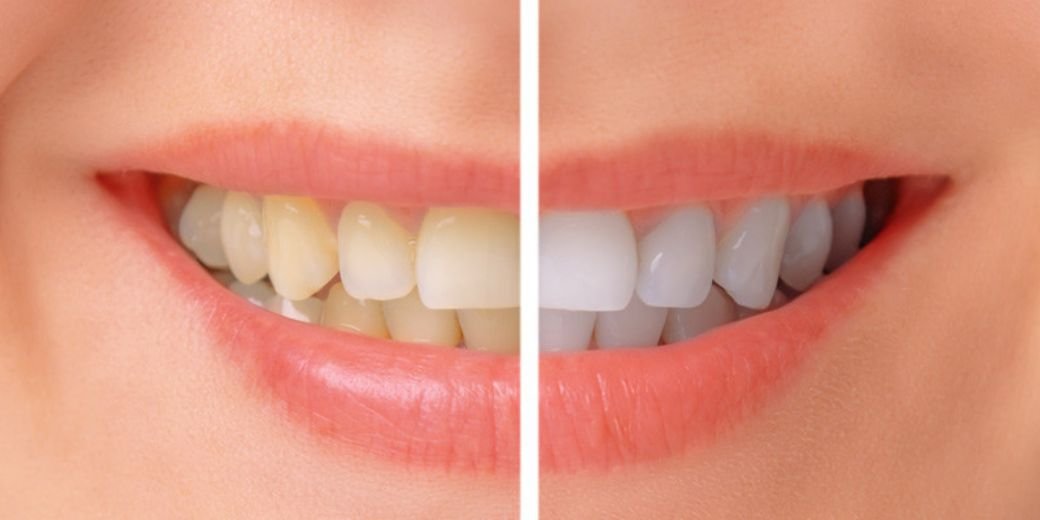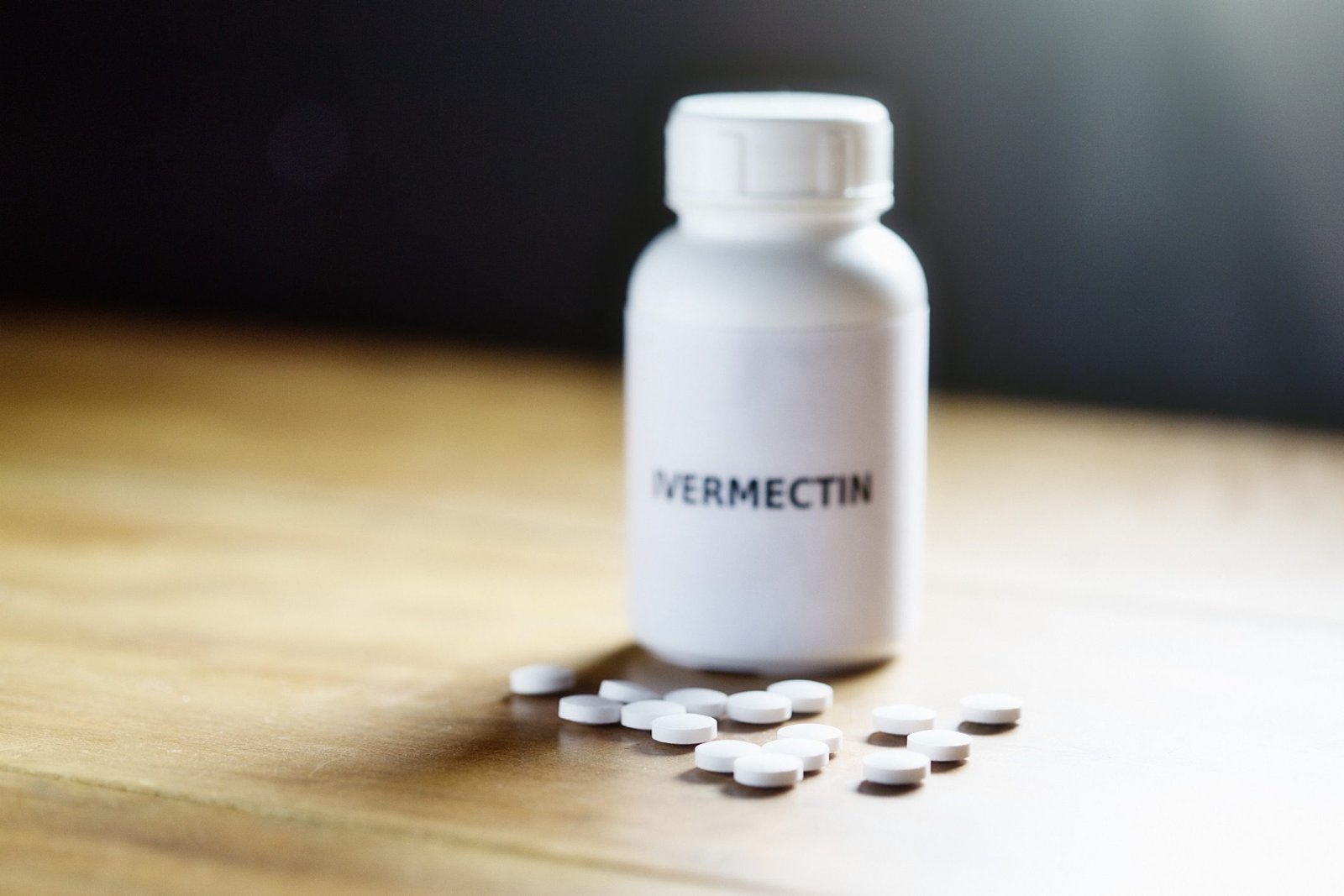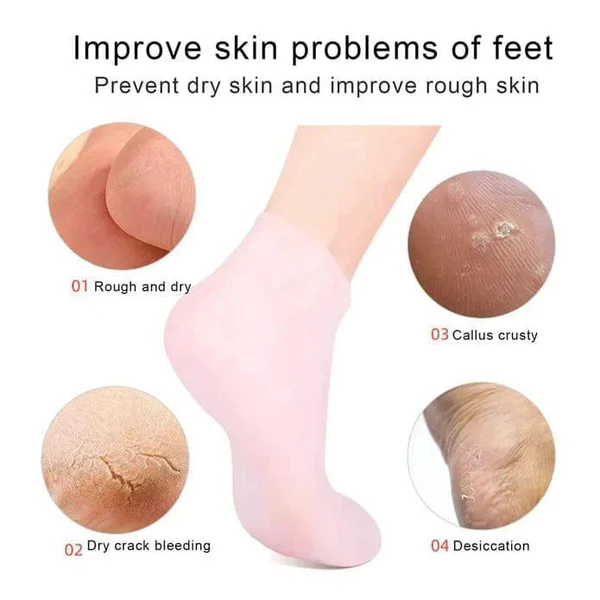Isotretinoin 20mg, commonly known by brand names like Accutane, Claravis, and Absorica, is one of the most powerful oral medications available for treating severe acne. While it has helped millions of people achieve clear skin, determining the correct dosage is critical for both its effectiveness and minimizing potential side effects.
This guide will walk you through everything you need to know about Isotretinoin dosage, including standard dosage ranges, how doctors determine the right amount, and what to expect during treatment.
What Is Isotretinoin?
Isotretinoin is a retinoid, derived from vitamin A, that works by reducing the amount of oil released by sebaceous glands in the skin. It also helps the skin renew itself more quickly, which helps prevent clogged pores and reduces inflammation. You can also visit dosepharmacy to get more information about accutane for acne.
Because of its potency and side effect profile, Isotretinoin is typically prescribed only after other acne treatments—such as topical therapies and antibiotics—have failed.
Why Dosage Matters
Isotretinoin is not a one-size-fits-all treatment. The dosage must be tailored to each individual’s weight, severity of acne, and tolerance to the drug. Getting the dosage right is important because:
-
Too low a dose may not clear acne fully or may result in relapse.
-
Too high a dose can lead to severe side effects, including liver damage, joint pain, and mood changes.
The goal is to find the lowest effective dose that will still provide lasting results.
Standard Isotretinoin Dosage
1. Initial Dosage
Most patients begin with a low to moderate daily dose, often in the range of:
-
0.5 mg/kg per day
This means if you weigh 60 kg (132 pounds), your initial daily dose might be around 30 mg.
Starting with a lower dose helps the body adjust and reduces the risk of initial flare-ups and side effects like dry skin, headaches, and muscle aches.
2. Maintenance Dosage
Once your body adapts to the medication, your dermatologist may increase the dose to:
-
1.0 mg/kg per day
In our 60 kg example, this would be 60 mg daily. The increase usually happens after a few weeks, depending on how well you tolerate the drug.
3. Cumulative Dosage
The cumulative dose is the total amount of isotretinoin taken over the entire course of treatment. Most dermatologists aim for a cumulative dose of:
-
120–150 mg/kg total
For a 60 kg person:
-
120 mg/kg × 60 kg = 7200 mg total
-
150 mg/kg × 60 kg = 9000 mg total
This cumulative target is usually spread out over 4 to 6 months, depending on how quickly your skin responds.
Dosage Forms and Administration
Isotretinoin comes in softgel capsules of various strengths:
-
10 mg
-
20 mg
-
30 mg
-
40 mg
It’s typically taken once or twice a day with food, especially a high-fat meal, to enhance absorption. Some newer formulations (like Absorica) may not require food, but always follow your doctor’s instructions.
Adjusting Dosage Based on Side Effects
Your doctor may adjust your dose based on how your body responds. Common side effects that may require lowering the dose include:
-
Severe dry lips or skin
-
Headaches or vision changes
-
Joint or muscle pain
-
Mood changes or signs of depression
-
Elevated liver enzymes or blood lipids (detected through lab tests)
If side effects become too severe, your doctor may pause treatment or lower the dose temporarily.
Low-Dose Isotretinoin: An Emerging Option
Recent studies suggest that lower cumulative doses (such as 20 mg/day or less) taken over a longer time may still be effective with fewer side effects. This approach is sometimes recommended for:
-
Patients with milder but persistent acne
-
Those who experienced strong side effects in previous courses
-
People concerned about long-term adverse effects
However, low-dose treatments might have a higher relapse rate, and not all dermatologists use this protocol.
Weight-Based Dosage Chart (Example)
| Body Weight (kg) | Starting Dose (0.5 mg/kg) | Max Daily Dose (1 mg/kg) | Total Cumulative Dose (120–150 mg/kg) |
|---|---|---|---|
| 50 kg | 25 mg/day | 50 mg/day | 6000–7500 mg |
| 60 kg | 30 mg/day | 60 mg/day | 7200–9000 mg |
| 70 kg | 35 mg/day | 70 mg/day | 8400–10,500 mg |
| 80 kg | 40 mg/day | 80 mg/day | 9600–12,000 mg |
This is for general reference. Only a licensed healthcare provider can determine the correct dose for you.
What If You Miss a Dose?
Missing an occasional dose is not usually a big concern. However:
-
Do not double your next dose.
-
Just take the next scheduled dose as usual.
-
If you miss several doses in a row, contact your doctor.
Monitoring During Treatment
Regular monitoring is essential while taking Isotretinoin. Your doctor may order the following tests:
-
Liver function tests
-
Blood lipid levels (cholesterol, triglycerides)
-
Pregnancy tests (for females)
These tests are often done monthly, especially early in treatment.
Important Safety Precautions
-
Pregnancy Warning: Isotretinoin causes severe birth defects. Women must use two forms of birth control and undergo monthly pregnancy testing.
-
Avoid Vitamin A Supplements: Taking additional vitamin A increases the risk of toxicity.
-
No Blood Donation: You should not donate blood while taking Isotretinoin or for at least a month afterward.
-
Sun Sensitivity: The medication can make your skin more sensitive to the sun—use sunscreen and limit sun exposure.
Finding the right Isotretinoin dosage is a balance between effectiveness and tolerability. Your doctor will consider your weight, acne severity, treatment goals, and how your body responds to the drug. Whether you’re on a traditional or low-dose regimen, staying consistent, monitoring your health, and following professional guidance are key to achieving clear skin safely.
If you’re considering Isotretinoin, talk to a dermatologist to determine if it’s right for you and what dosage plan best suits your needs. With the right approach, this powerful medication can be a game-changer in your acne journey.














Leave a Reply